Get to Know Your Three Branches of Government
Mapping History
All documents and text associated with this activity are printed below, followed by a worksheet for student responses.Introduction
The United States Constitution describes the way the government is structured and how it operates. The first three articles set up the three branches of government and their powers – the legislative branch, the executive branch, and the judicial branch:- All legislative Powers herein granted shall be vested in a Congress of the United States, which shall consist of a Senate and House of Representatives. (Article 1)
- The executive Power shall be vested in a President of the United States of America (Article 2)
- The judicial Power of the United States, shall be vested in one supreme Court (Article 3)
The President, Congress, and the Supreme Court are all located in Washington, DC, the nation's capital. Each branch of government has a different job to do, but sometimes these jobs overlap.
Can you match each document to its corresponding branch of government? (Some documents may have more than one match.)
Tip: Click on the orange "open in new window" icon to see each one more closely.
Name:
Class:
Class:
Worksheet
Get to Know Your Three Branches of Government
Mapping History
Examine the documents and text included in this activity. Consider how each document or piece of text relates to the image shown below. Write the corresponding document or text number on the image where you think it belongs. (Some may be placed for you already.) Write your conclusion response in the space provided.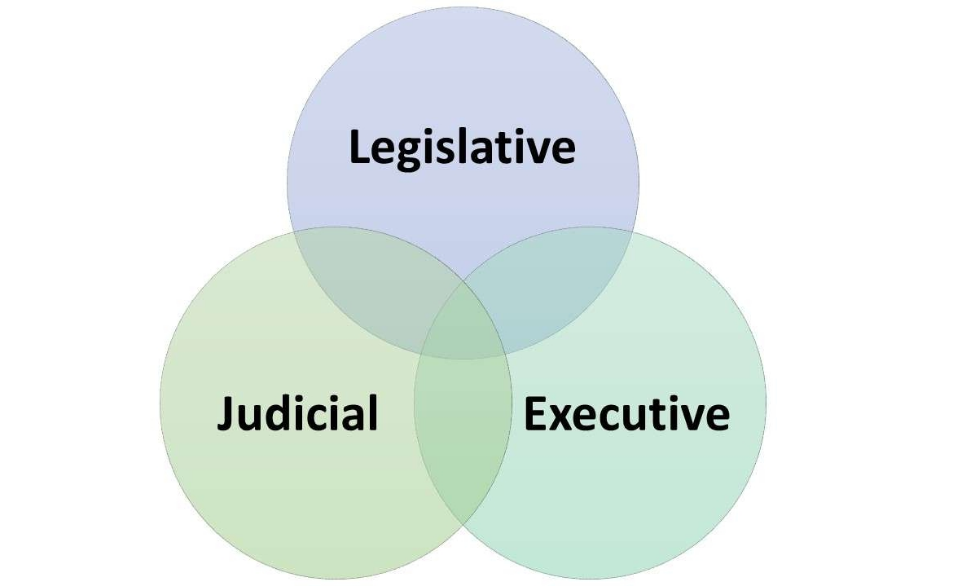
1
Activity Element

2
Activity Element

3
Activity Element
North and South Exterior of White House with Tulips and Fountains Visible
Page 1
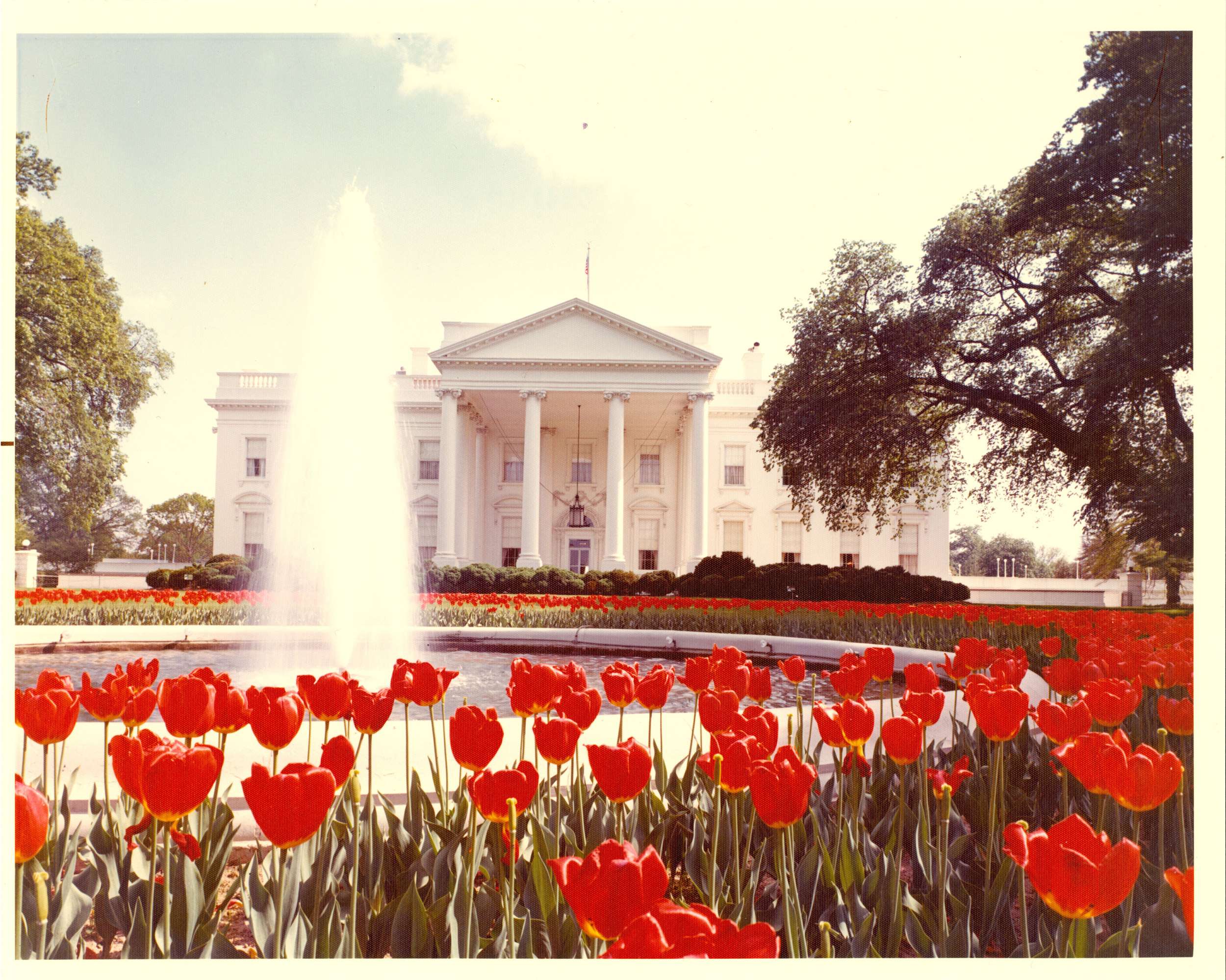
4
Activity Element
George Washington Memorial Parkway - United States Capitol
Page 1

5
Activity Element
Supreme Court Building
Page 1
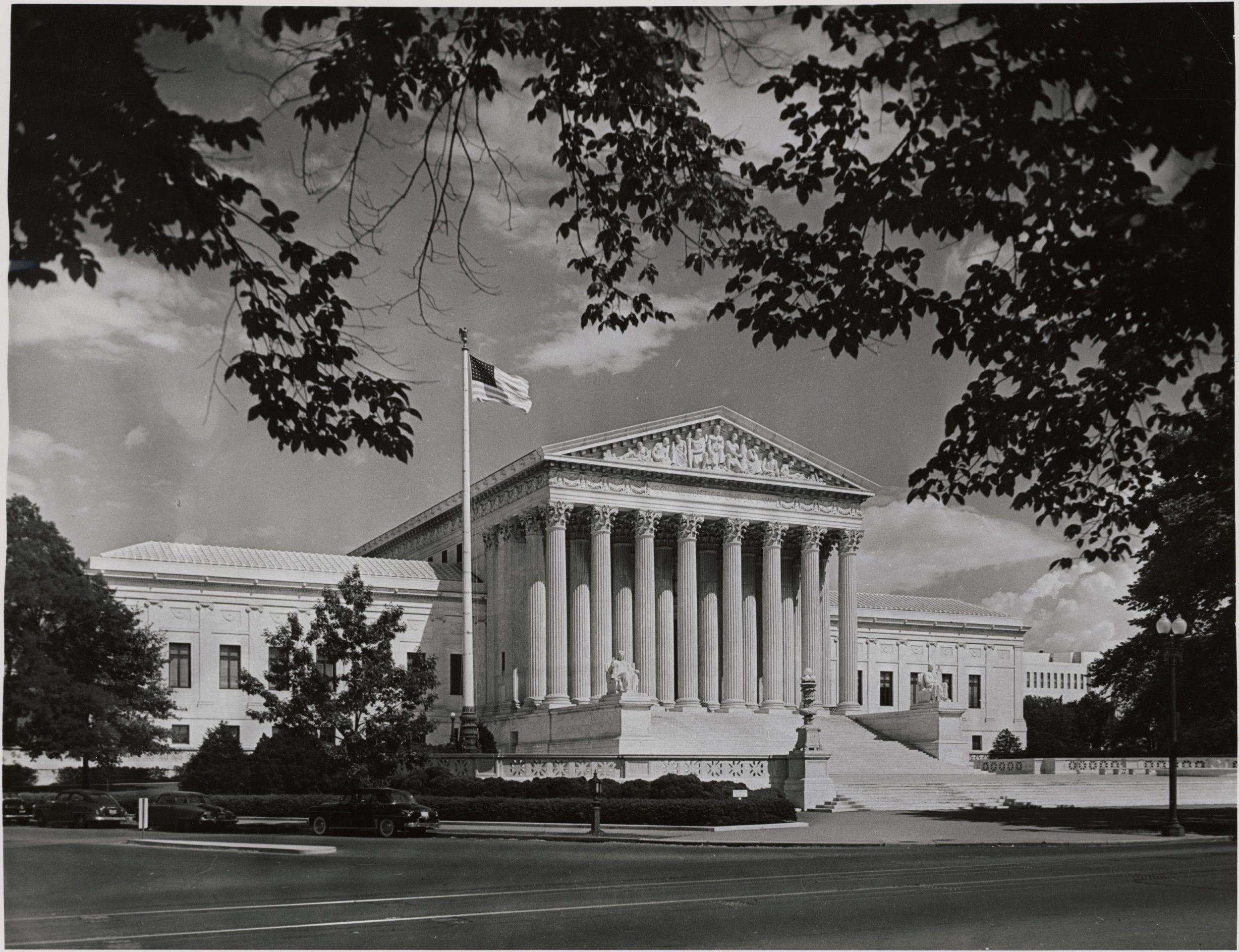
6
Activity Element
President George W. Bush, State of the Union Speech
Page 1

7
Activity Element
Supreme Court Justices Pose with President Ronald Reagan in The Supreme Court Conference Room
Page 1
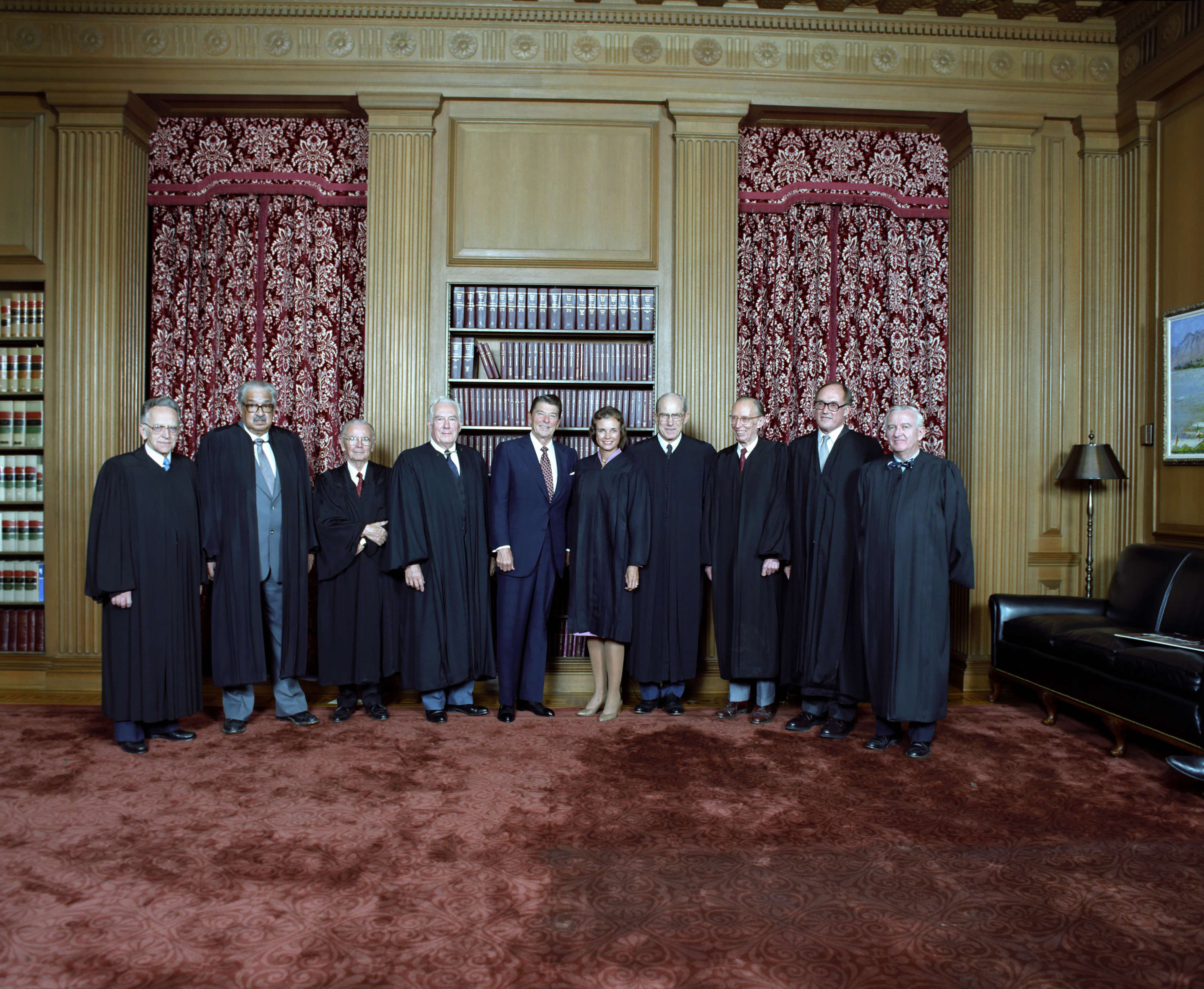
8
Activity Element
President Barack Obama Talks with Vice President Joe Biden in the Oval Office
Page 1
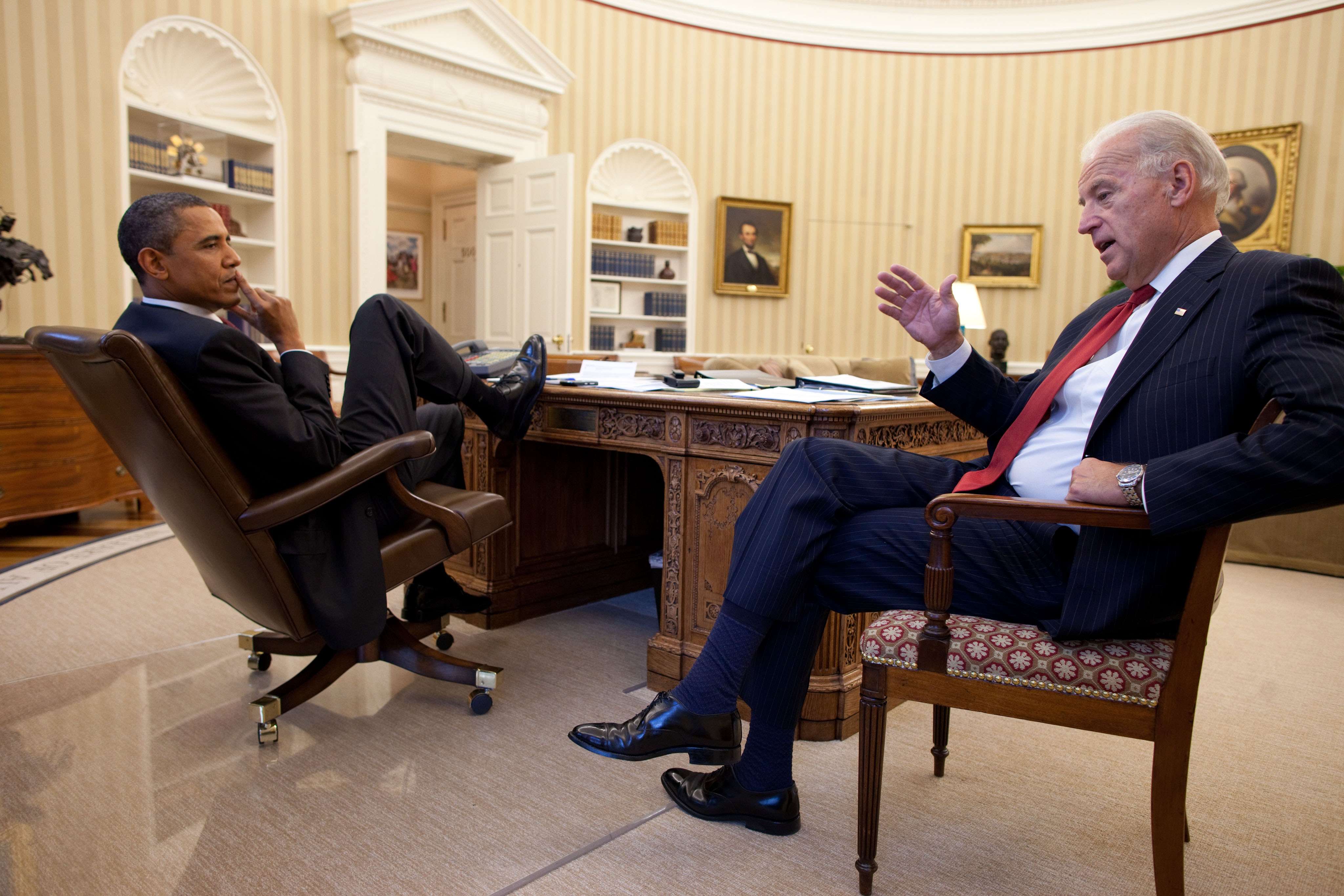
9
Activity Element
The Supreme Court Returns To Its Permanent Home
Page 1
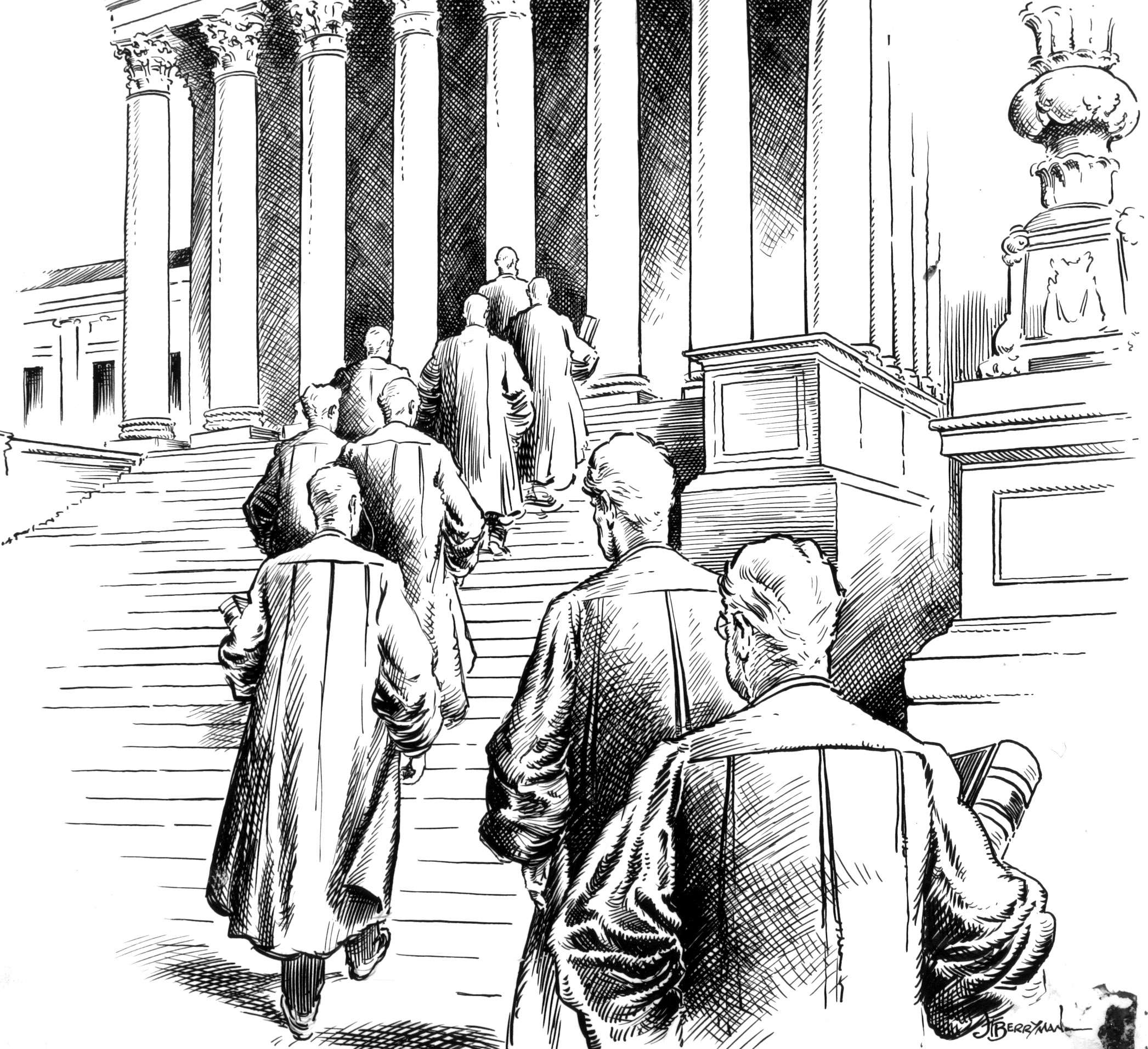
10
Activity Element
Vote on Military Bonus Plan
Page 1
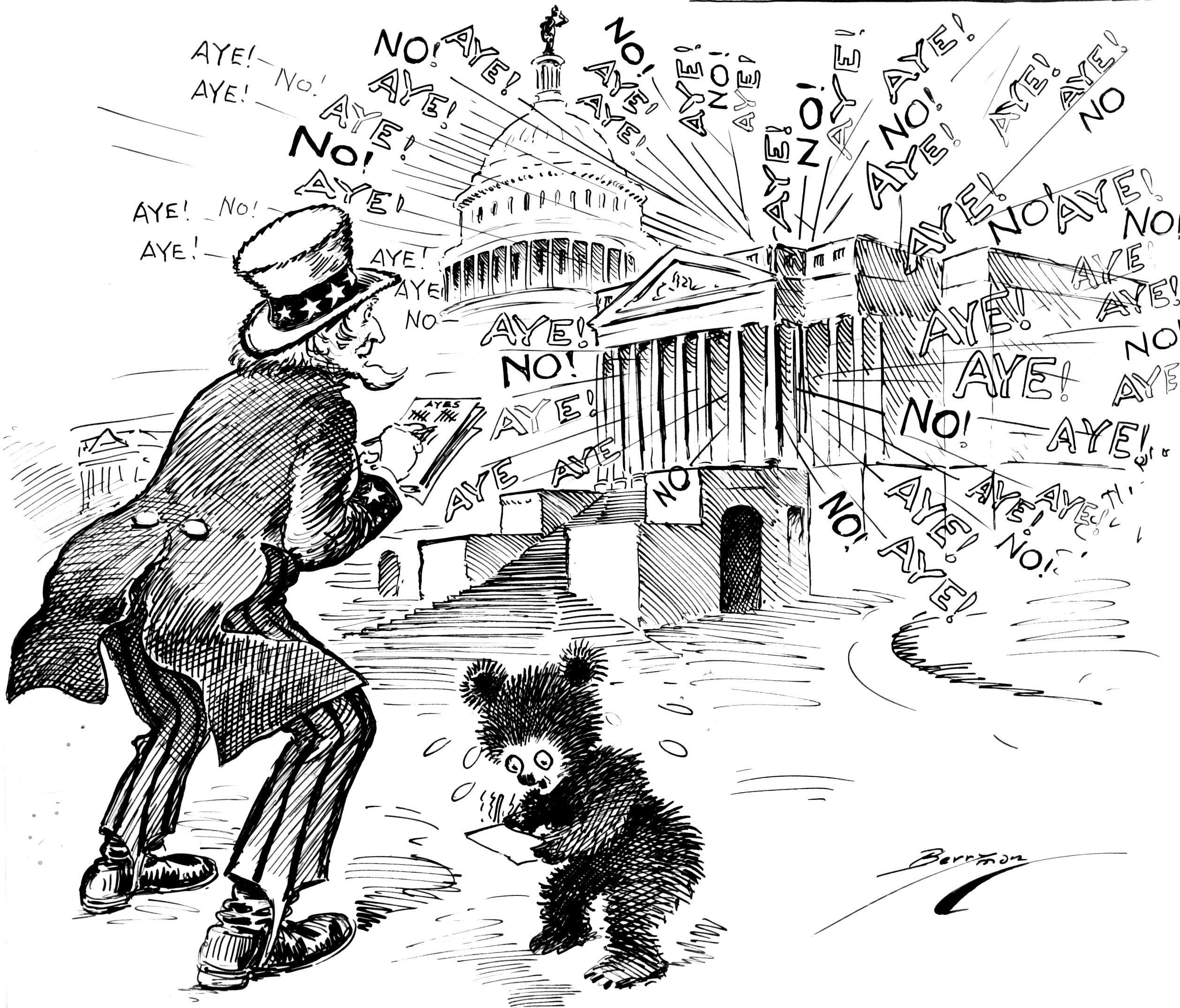
11
Activity Element
Anyone Home?
Page 1
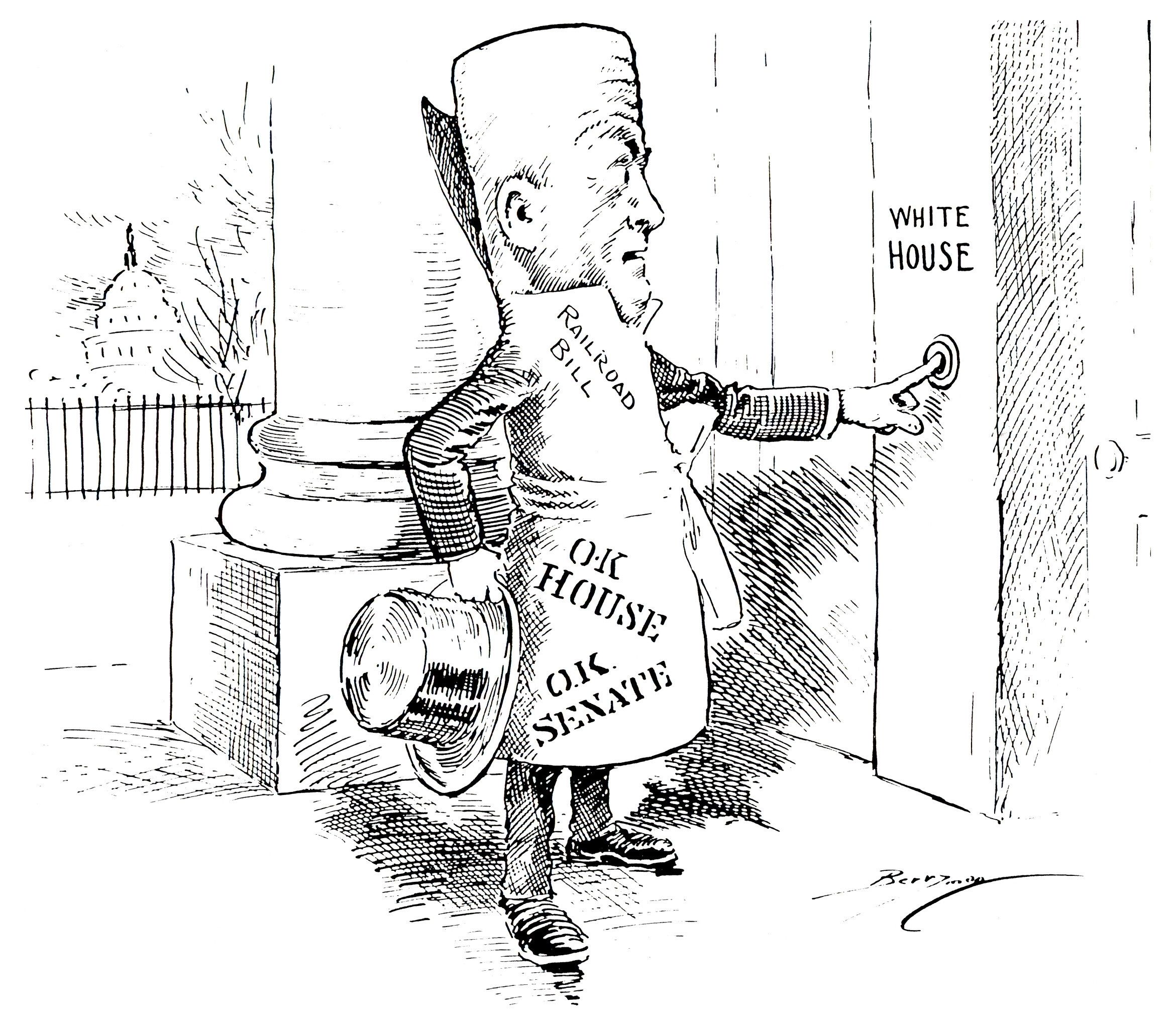
12
Activity Element
Opinion of the Supreme Court of the United States, 1955 filed in Dorothy E. Davis, et al. versus County School Board of Prince Edward County, Virginia, Civil Action No. 1333
Page 1

13
Activity Element
Nomination of Sandra Day O`Connor as Supreme Court Justice
Page 1

14
Activity Element
Sumner Civil Rights Bill
Page 1
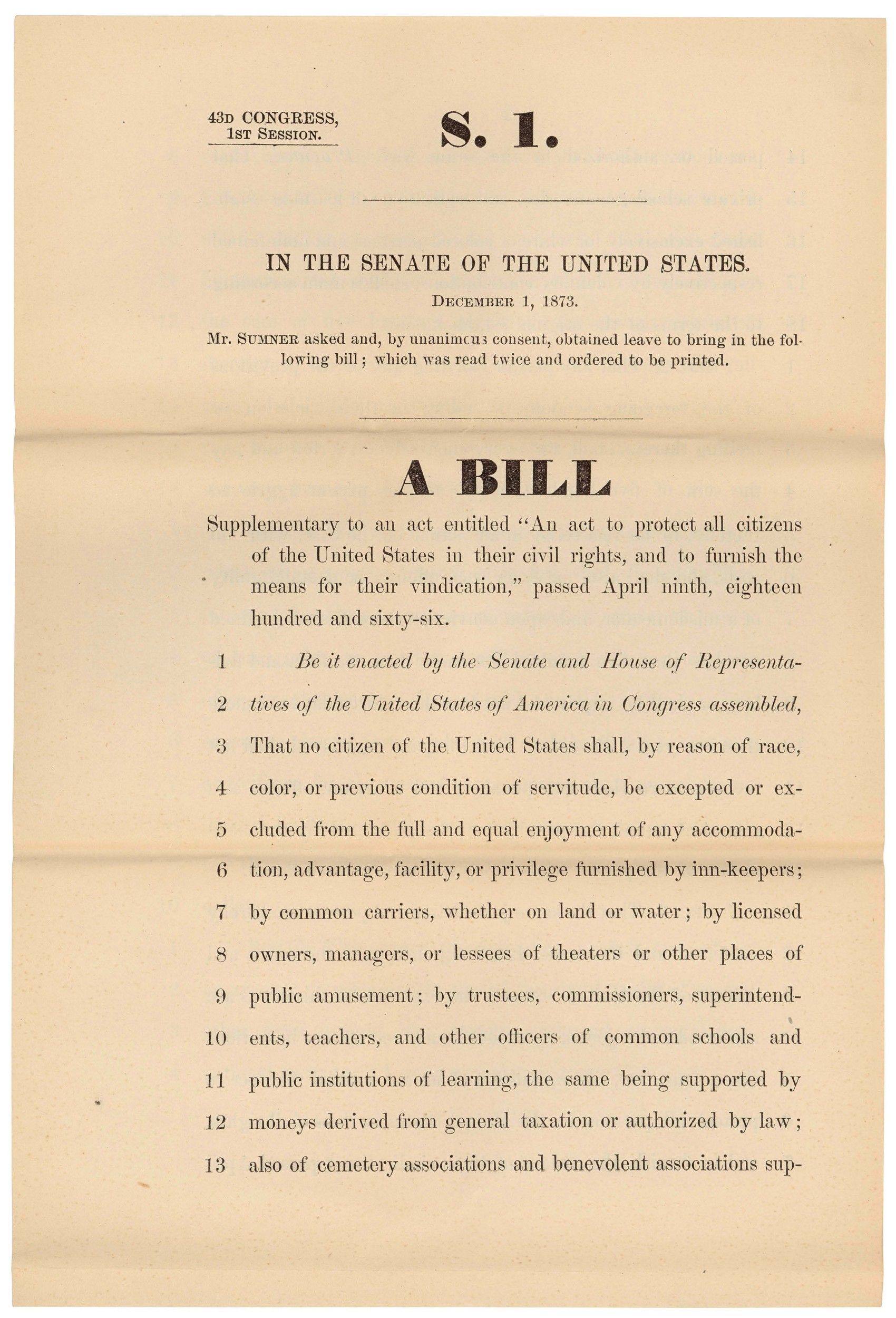
15
Activity Element
Executive Order 10924 dated March 1, 1961, in which President John F. Kennedy establishes the Peace Corps
Page 1

Conclusion
Get to Know Your Three Branches of Government
Mapping History
The Constitution creates three branches of government with separate powers (powers just for that branch) and shared powers (responsibilities that more than one branch shares). Why do you think the writers of the Constitution decided to create this type of system?In this activity, you reviewed just a few of the job details of the three branches of government. Can you think of additional characteristics or responsibilities for each branch?
Finally, can you locate the three buildings for the three different branches on this map of Washington, DC?
Your Response
Document
Anyone Home?
2/24/1920
During World War I, the government had seized control of the nation's railroads as part of the effort to shift the economy to wartime production, causing railroad workers to be chafed under provisions of the seizure that restricted wage increases. After long debates both houses of Congress approved a railroad bill which would denationalize ownership, and that bill was sent to President Woodrow Wilson for his approval.
Even when a bill has cleared all the hurdles in the legislative process through both houses of Congress, it still requires the signature of the President to become law. Only a small percentage of bills introduced in any Congress make it this far in the legislative process.
This cartoon conveys a railroad bill’s anxiety about how it will be received by the President. Representatives of the railway workers unions were debating whether to urge Wilson to veto the bill because of its labor provisions. Berryman shows that the decision is now up to the President. The railroad bill caricature, with top hat in hand and O.K. stamps from both the House and the Senate on his frock coat, rings the doorbell at the White House.
This cartoon was drawn by Clifford Berryman, one of Washington, DC's best-known cartoonists in the early to mid-1900s. Berryman drew for the Washington Post and Evening Star newspapers. His cartoons touched on a variety of subjects including politics, elections, and both World Wars.
Even when a bill has cleared all the hurdles in the legislative process through both houses of Congress, it still requires the signature of the President to become law. Only a small percentage of bills introduced in any Congress make it this far in the legislative process.
This cartoon conveys a railroad bill’s anxiety about how it will be received by the President. Representatives of the railway workers unions were debating whether to urge Wilson to veto the bill because of its labor provisions. Berryman shows that the decision is now up to the President. The railroad bill caricature, with top hat in hand and O.K. stamps from both the House and the Senate on his frock coat, rings the doorbell at the White House.
This cartoon was drawn by Clifford Berryman, one of Washington, DC's best-known cartoonists in the early to mid-1900s. Berryman drew for the Washington Post and Evening Star newspapers. His cartoons touched on a variety of subjects including politics, elections, and both World Wars.
This primary source comes from the Records of the U.S. Senate.
National Archives Identifier: 6011590
Full Citation: Anyone Home?; 2/24/1920; (M-023); Berryman Political Cartoon Collection, 1896 - 1949; Records of the U.S. Senate, ; National Archives Building, Washington, DC. [Online Version, https://docsteach.org/documents/document/anyone-home, April 25, 2024]Anyone Home?
Page 1

Document
Executive Order 10924 dated March 1, 1961, in which President John F. Kennedy establishes the Peace Corps
3/1/1961
On March 1, 1961, President Kennedy signed this executive order establishing the Peace Corps. On September 22, 1961, Congress approved the legislation that formally authorized the Peace Corps. Goals of the Peace Corps included: 1) helping the people of interested countries and areas meet their needs for trained workers; 2) helping promote a better understanding of Americans in countries where volunteers served; and 3) helping promote a better understanding of peoples of other nations on the part of Americans.
The founding of the Peace Corps is one of President John F. Kennedy's most enduring legacies. Yet it began in a fortuitous and unexpected moment. Kennedy, arriving late to speak to students at the University of Michigan on October 14, 1960, found himself thronged by a crowd of 10,000 students at 2 o'clock in the morning. Speaking extemporaneously, the Presidential candidate challenged American youth to devote a part of their lives to living and working in Asia, Africa, and Latin America.
Would students back his effort to form a Peace Corps? Their response was immediate: Within weeks, students organized a petition drive and gathered 1,000 signatures in support of the idea. Several hundred others pledged to serve. Enthusiastic letters poured into Democratic headquarters. This response was crucial to Kennedy's decision to make the founding of a Peace Corps a priority. Since then, hundreds of thousands of citizens of all ages and backgrounds have worked in more than 140 countries throughout the world as volunteers in such fields as health, teaching, agriculture, urban planning, skilled trades, forestry, sanitation, and technology.
By 1960 two bills had been introduced in Congress that were the direct forerunners of the Peace Corps. Representative Henry S. Reuss of Wisconsin proposed that the federal government study the idea, and Senator Hubert Humphrey of Minnesota asked for the establishment of a Peace Corps itself. These bills were not likely to pass Congress at the time, but they caught the attention of then-Senator Kennedy for several important reasons. In contrast to previous administrations, Kennedy foresaw a "New Frontier" inspired by Roosevelt's New Deal. The New Frontier envisioned programs to fight poverty, help cities, and expand governmental benefits to a wide array of Americans.
In foreign affairs, Kennedy was also more of an activist than his predecessor. He viewed the Presidency as "the vital center of action in our whole scheme of government." Concerned by what was then perceived to be the global threat of communism, Kennedy looked for creative as well as military solutions. He was eager to revitalize a program of economic aid and to counter negative images of the "Ugly American" and Yankee imperialism. He believed that sending idealistic Americans abroad to work at the grass-roots level would spread American goodwill into developing nations and help stem the growth of communism there.
Kennedy lost no time in actualizing his dream for a Peace Corps. Between his election and inauguration, he ordered Sargent Shriver, his brother-in-law, to do a feasibility study. Shriver remembered, "We received more letters from people offering to work in or to volunteer for the Peace Corps, which did not then exist, than for all other existing agencies."
Within two months of taking office, Kennedy issued an executive order establishing the Peace Corps within the State Department, using funds from mutual security appropriations. Shriver, as head of the new agency, assured its success by his fervent idealism and his willingness to improvise and take action.
To have permanency and eventual autonomy, though, the Peace Corps would have to be approved and funded by Congress. In September 1961, the 87th Congress passed Public Law 87-293 establishing a Peace Corps. By this time, because of Kennedy’s executive order and Shriver's leadership, Peace Corps volunteers were already in the field.
The founding of the Peace Corps is one of President John F. Kennedy's most enduring legacies. Yet it began in a fortuitous and unexpected moment. Kennedy, arriving late to speak to students at the University of Michigan on October 14, 1960, found himself thronged by a crowd of 10,000 students at 2 o'clock in the morning. Speaking extemporaneously, the Presidential candidate challenged American youth to devote a part of their lives to living and working in Asia, Africa, and Latin America.
Would students back his effort to form a Peace Corps? Their response was immediate: Within weeks, students organized a petition drive and gathered 1,000 signatures in support of the idea. Several hundred others pledged to serve. Enthusiastic letters poured into Democratic headquarters. This response was crucial to Kennedy's decision to make the founding of a Peace Corps a priority. Since then, hundreds of thousands of citizens of all ages and backgrounds have worked in more than 140 countries throughout the world as volunteers in such fields as health, teaching, agriculture, urban planning, skilled trades, forestry, sanitation, and technology.
By 1960 two bills had been introduced in Congress that were the direct forerunners of the Peace Corps. Representative Henry S. Reuss of Wisconsin proposed that the federal government study the idea, and Senator Hubert Humphrey of Minnesota asked for the establishment of a Peace Corps itself. These bills were not likely to pass Congress at the time, but they caught the attention of then-Senator Kennedy for several important reasons. In contrast to previous administrations, Kennedy foresaw a "New Frontier" inspired by Roosevelt's New Deal. The New Frontier envisioned programs to fight poverty, help cities, and expand governmental benefits to a wide array of Americans.
In foreign affairs, Kennedy was also more of an activist than his predecessor. He viewed the Presidency as "the vital center of action in our whole scheme of government." Concerned by what was then perceived to be the global threat of communism, Kennedy looked for creative as well as military solutions. He was eager to revitalize a program of economic aid and to counter negative images of the "Ugly American" and Yankee imperialism. He believed that sending idealistic Americans abroad to work at the grass-roots level would spread American goodwill into developing nations and help stem the growth of communism there.
Kennedy lost no time in actualizing his dream for a Peace Corps. Between his election and inauguration, he ordered Sargent Shriver, his brother-in-law, to do a feasibility study. Shriver remembered, "We received more letters from people offering to work in or to volunteer for the Peace Corps, which did not then exist, than for all other existing agencies."
Within two months of taking office, Kennedy issued an executive order establishing the Peace Corps within the State Department, using funds from mutual security appropriations. Shriver, as head of the new agency, assured its success by his fervent idealism and his willingness to improvise and take action.
To have permanency and eventual autonomy, though, the Peace Corps would have to be approved and funded by Congress. In September 1961, the 87th Congress passed Public Law 87-293 establishing a Peace Corps. By this time, because of Kennedy’s executive order and Shriver's leadership, Peace Corps volunteers were already in the field.
Transcript
Executive Order 10924ESTABLISHMENT AND ADMINISTRATION OF THE PEACE CORPS IN THE DEPARTMENT OF STATE
By virtue of the authority vested in me by the Mutual Security Act of 1954, 68 Stat. 832, as amended (22 U.S.C. 1750 et seq.), and as President of the United States, it is hereby ordered as follows:
SECTION 1. Establishment of the Peace Corps. The Secretary of State shall establish an agency in the Department of State which shall be known as the Peace Corps. The Peace Corps shall be headed by a Director.
SEC. 2. Functions of the Peace Corps. (a) The Peace Corps shall be responsible for the training and service abroad of men and women of the United States in new programs of assistance to nations and areas of the world, and in conjunction with or in support of existing economic assistance programs of the United States and of the United Nations and other international organizations.
(b) The Secretary of State shall delegate, or cause to be delegated, to the Director of the Peace Corps such of the functions under the Mutual Security Act of 1954, as amended, vested in the President and delegated to the Secretary, or vested in the Secretary, as the Secretary shall deem necessary for the accomplishment of the purposes of the Peace Corps.
SEC. 3. Financing of the Peace Corps. The Secretary of State shall provide for the flnancing of the Peace Corps with funds available
to the Secretary for the performance of functions under the Mutual Security Act of 1954, as amended.
SEC. 4. Relation to Executive Order No. 10893. This order shall not be deemed to supersede or derogate from any provision of Executive Order No. 10893 of November 8, 1960, as amended, and any delegation made by or pursuant to this order shall, unless otherwise specifioally provided therein, be deemed to be in addition to any delegation made by or pursuant to that order.
JOHN F. KENNEDY
THE WHITE HOUSE,
March 1, 1961.
This primary source comes from the General Records of the United States Government.
National Archives Identifier: 300010
Full Citation: Executive Order 10924 dated March 1, 1961, in which President John F. Kennedy establishes the Peace Corps; 3/1/1961; Executive Orders, 1862 - 2011; General Records of the United States Government, ; National Archives Building, Washington, DC. [Online Version, https://docsteach.org/documents/document/executive-order-10924, April 25, 2024]Executive Order 10924 dated March 1, 1961, in which President John F. Kennedy establishes the Peace Corps
Page 1
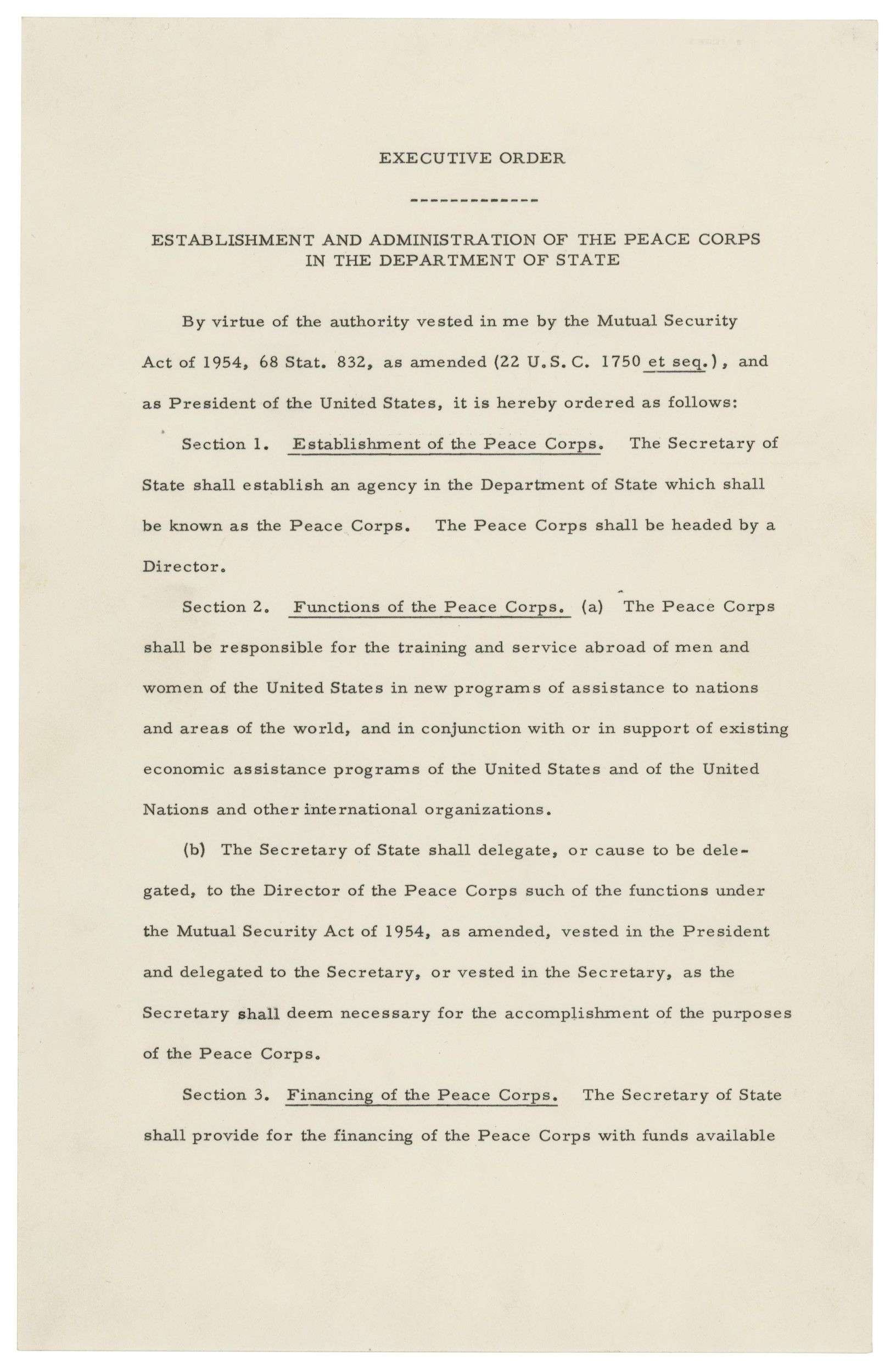
Executive Order 10924 dated March 1, 1961, in which President John F. Kennedy establishes the Peace Corps
Page 2
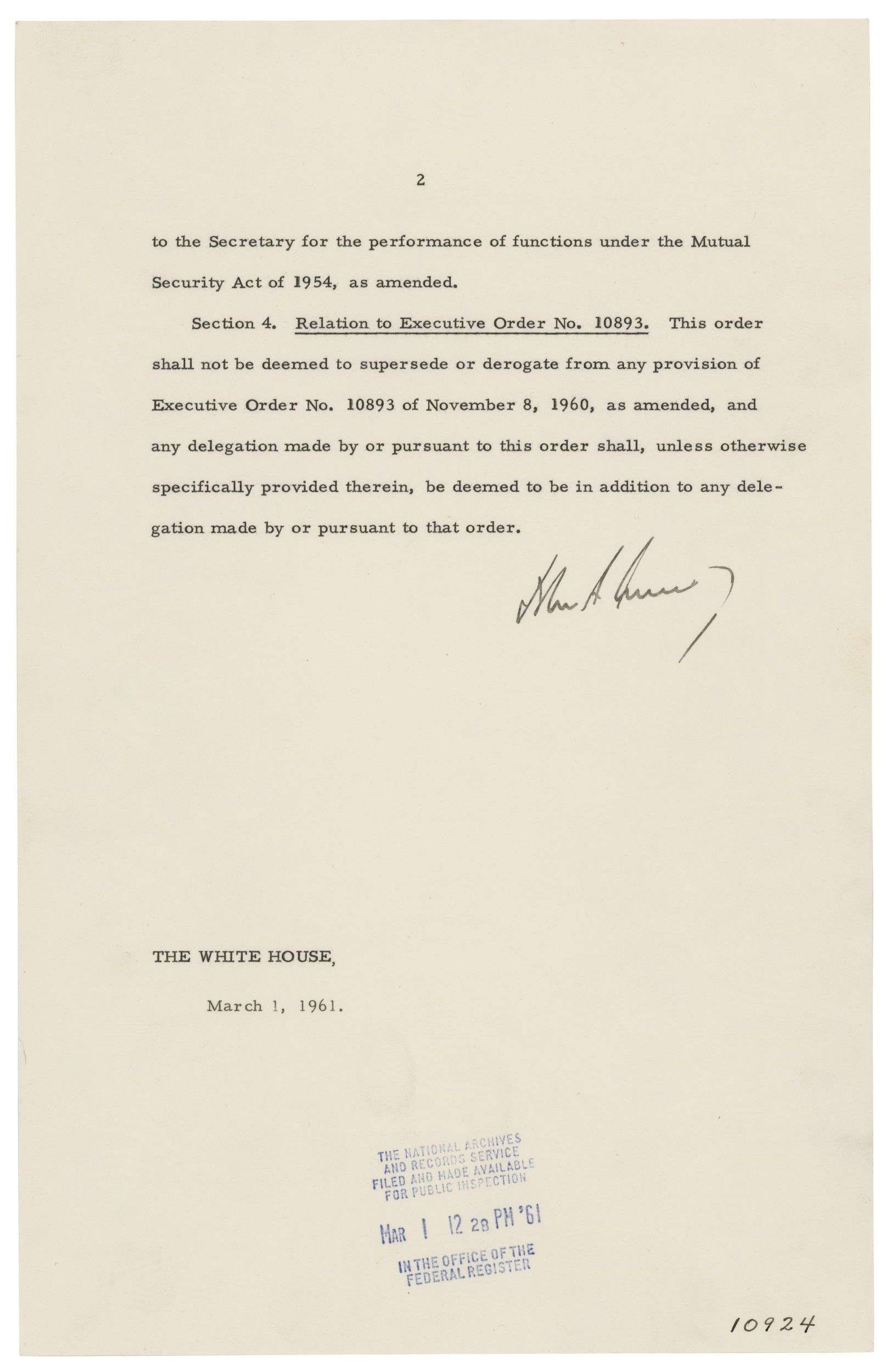
Document
George Washington Memorial Parkway - United States Capitol
The original caption for this photograph reads: This is an aerial view of the United States Capitol Building, the legislative center of the nation. Location: Washington, District of Columbia (38.890° N 77.014° W). Status: Public domain. Photo by Amy Davis.
This primary source comes from the Digital Photographs Relating to America's Byways, ca. 1995 - ca. 2013.
National Archives Identifier: 7718573
Full Citation: Photograph 406-NSB-046-Picture_114.jpg; George Washington Memorial Parkway - United States Capitol; Digital Photographs Relating to America's Byways, ca. 1995 - ca. 2013; Digital Photographs Relating to America's Byways, ca. 1995 - ca. 2013, ; National Archives at College Park, College Park, MD. [Online Version, https://docsteach.org/documents/document/united-states-capitol, April 25, 2024]George Washington Memorial Parkway - United States Capitol
Page 1

Document
Nomination of Sandra Day O'Connor as Supreme Court Justice
8/19/1981
During Ronald Reagan’s 1980 campaign for President, he promised to nominate a woman for the Supreme Court. President Reagan followed through on this pledge on August 19, 1981, by nominating Arizona State Court of Appeals Judge Sandra Day O’Connor. The U.S. Senate confirmed O’Connor on September 22, 1981.
O’Connor, who spent part of her childhood on a family ranch in Arizona, graduated from Stanford with a law degree. At a time when opportunities were limited for women—at least 40 law firms refused to consider her—she worked for free for the San Mateo county attorney.
Eventually she was the state assistant attorney general in Arizona from 1965 to 1969, and also served two terms in the Arizona state senate. When President Reagan nominated to the Supreme Court, her appointment garnered unanimous Senate approval. She served 24 years on the Supreme Court before her retirement in 2006.
O’Connor’s influence on the court was immense, as she often acted as a swing vote on key decisions. Some of the notable cases that O’Connor worked on include Bush v. Gore (2000), which confirmed George W. Bush as President, and Planned Parenthood v. Casey (1992), which helped uphold the Roe v. Wade (1973) decision that legalized abortion. And she was the deciding vote on a number of anti-discrimination and civil rights related cases.
O’Connor, who spent part of her childhood on a family ranch in Arizona, graduated from Stanford with a law degree. At a time when opportunities were limited for women—at least 40 law firms refused to consider her—she worked for free for the San Mateo county attorney.
Eventually she was the state assistant attorney general in Arizona from 1965 to 1969, and also served two terms in the Arizona state senate. When President Reagan nominated to the Supreme Court, her appointment garnered unanimous Senate approval. She served 24 years on the Supreme Court before her retirement in 2006.
O’Connor’s influence on the court was immense, as she often acted as a swing vote on key decisions. Some of the notable cases that O’Connor worked on include Bush v. Gore (2000), which confirmed George W. Bush as President, and Planned Parenthood v. Casey (1992), which helped uphold the Roe v. Wade (1973) decision that legalized abortion. And she was the deciding vote on a number of anti-discrimination and civil rights related cases.
Transcript
[upper right corner in pencil] 586The White House,
August 19, 1981
To the
Senate of the United States.
I nominate Sandra Day O'Connor, of Arizona, to be an Associate Justice of the Supreme Court of the United States, vice Potter Stewart, retired.
[signature] Ronald Reagan
This primary source comes from the Records of the U.S. Senate.
National Archives Identifier: 595429
Full Citation: Nomination of Sandra Day O'Connor as Supreme Court Justice; 8/19/1981; Executive Nominations, 1789 - 2002; Records of the U.S. Senate, ; National Archives Building, Washington, DC. [Online Version, https://docsteach.org/documents/document/nomination-sandra-day-oconnor, April 25, 2024]Nomination of Sandra Day O'Connor as Supreme Court Justice
Page 1
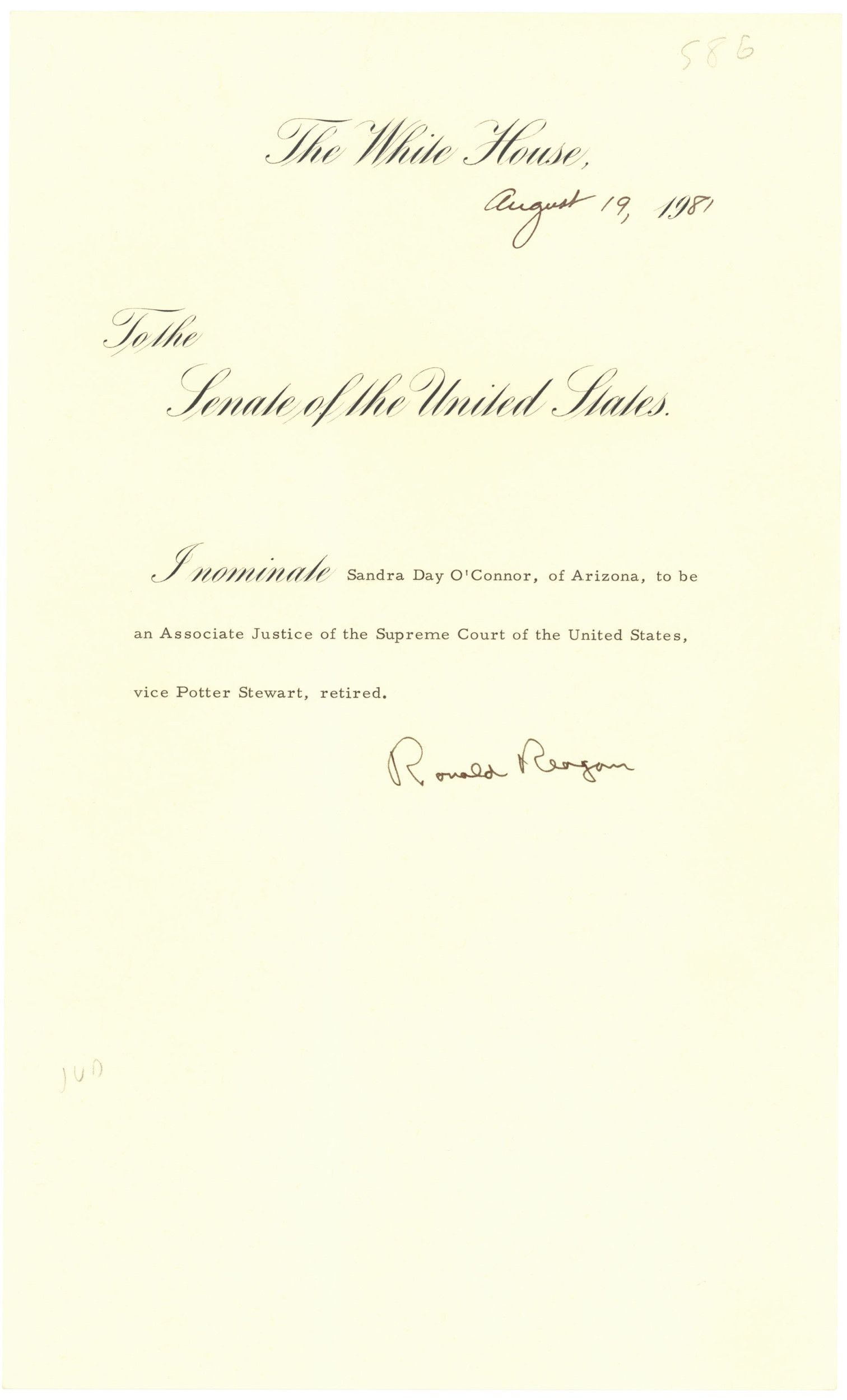
Document
North and South Exterior of White House with Tulips and Fountains Visible
5/1/1969
This primary source comes from the Collection RN-WHPO: White House Photo Office Collection (Nixon Administration).
National Archives Identifier: 6721928
Full Citation: Photograph WHPO-0941-03; North and South Exterior of White House with Tulips and Fountains Visible; 5/1/1969; Nixon White House Photographs, 1/20/1969 - 8/9/1974; Collection RN-WHPO: White House Photo Office Collection (Nixon Administration), ; Richard Nixon Library, Yorba Linda, CA. [Online Version, https://docsteach.org/documents/document/white-house-tulips, April 25, 2024]North and South Exterior of White House with Tulips and Fountains Visible
Page 1
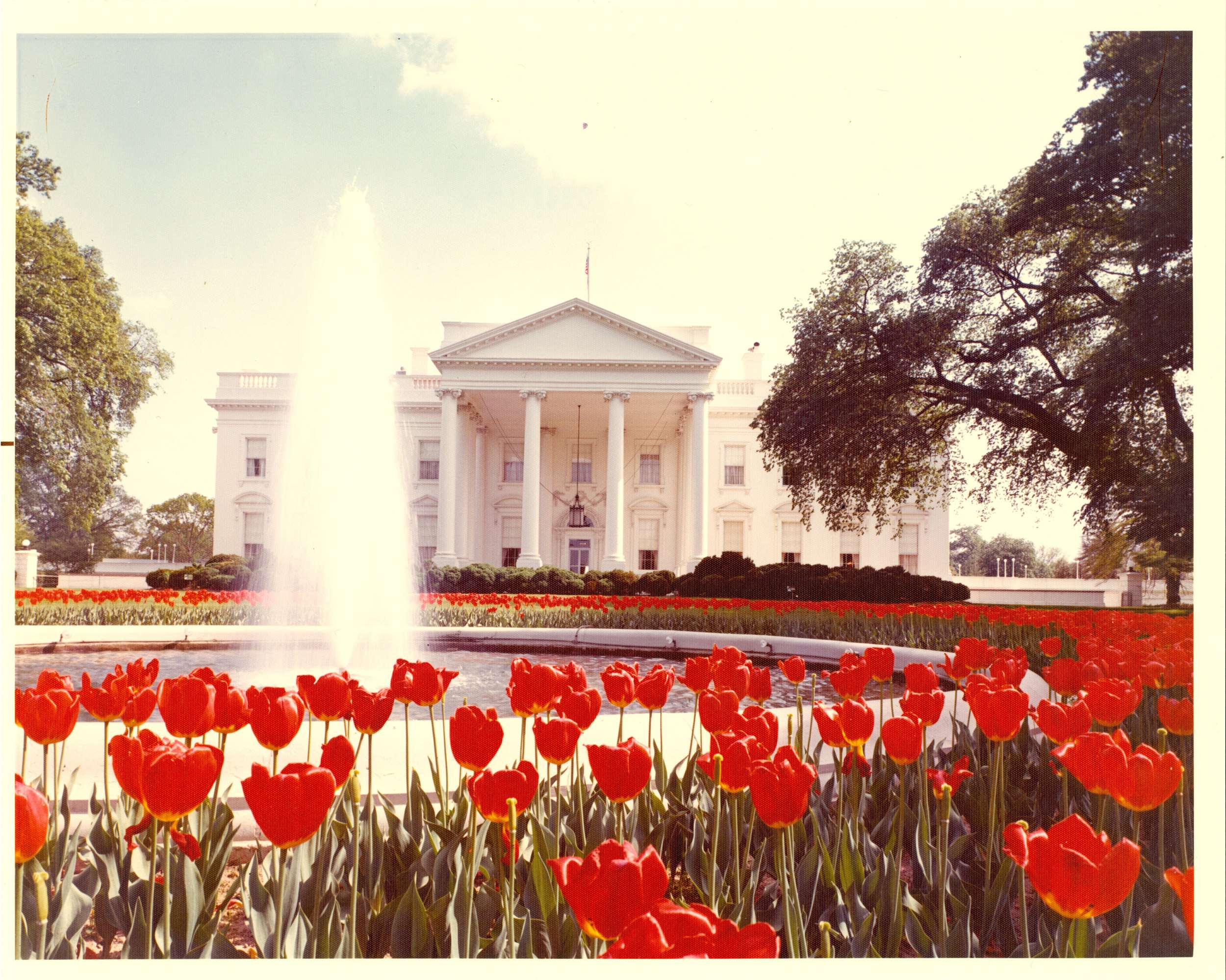
Document
Opinion of the Supreme Court of the United States, 1955 filed in Dorothy E. Davis, et al. versus County School Board of Prince Edward County, Virginia, Civil Action No. 1333
5/17/1954
This document is the Supreme Court's ruling in Brown v. Board of Education from May 17, 1954. It also serves as the opinion in the court case Davis v. County School Board of Prince Edward County, Virginia because Davis was one of five cases that the Supreme Court heard together and consolidated into Brown v. Board.
Chief Justice Earl Warren delivered the unanimous ruling in the landmark civil rights case. The Court found that state-sanctioned segregation of public schools violated the 14th Amendment. The decision marked the end of the "separate but equal" precedent set by the Supreme Court nearly 60 years earlier in Plessy v. Ferguson.
Although commonly known as Brown v. Board, the five cases that the Supreme Court heard collectively (from Kansas, South Carolina, Virginia, the District of Columbia, and Delaware) were:
This document outlines the duty of the lower courts to oversee the implementation of the 1954 decision in Brown. Arguments were to be heard during the following Supreme Court term to determine exactly how it would be imposed. Just over one year later, on May 31, 1955, Warren read the Court's unanimous decision, now referred to as Brown II, instructing the states to begin desegregation plans "with all deliberate speed."
Chief Justice Earl Warren delivered the unanimous ruling in the landmark civil rights case. The Court found that state-sanctioned segregation of public schools violated the 14th Amendment. The decision marked the end of the "separate but equal" precedent set by the Supreme Court nearly 60 years earlier in Plessy v. Ferguson.
Although commonly known as Brown v. Board, the five cases that the Supreme Court heard collectively (from Kansas, South Carolina, Virginia, the District of Columbia, and Delaware) were:
- Oliver Brown et al. v. Board of Education of Topeka, Shawnee County, Kansas, et al.
- Harry Briggs, Jr., et al. v. R.W. Elliott, et al.
- Dorothy E. Davis et al. v. County School Board of Prince Edward County, Virginia, et al.
- Spottswood Thomas Bolling et al. v. C. Melvin Sharpe et al.
- Francis B. Gebhart et al. v. Ethel Louise Belton et al.
This document outlines the duty of the lower courts to oversee the implementation of the 1954 decision in Brown. Arguments were to be heard during the following Supreme Court term to determine exactly how it would be imposed. Just over one year later, on May 31, 1955, Warren read the Court's unanimous decision, now referred to as Brown II, instructing the states to begin desegregation plans "with all deliberate speed."
This primary source comes from the Records of District Courts of the United States.
National Archives Identifier: 279114
Full Citation: Opinion of the Supreme Court of the United States, 1955 filed in Dorothy E. Davis, et al. versus County School Board of Prince Edward County, Virginia, Civil Action No. 1333; 5/17/1954; Dorothy E. Davis, et al. v. County School Board of Prince Edward County et al.; Civil Case Files, 1938 - 12/31/1998; Records of District Courts of the United States, ; National Archives at Philadelphia, Philadelphia, PA. [Online Version, https://docsteach.org/documents/document/opinion-dorothy-davis, April 25, 2024]Opinion of the Supreme Court of the United States, 1955 filed in Dorothy E. Davis, et al. versus County School Board of Prince Edward County, Virginia, Civil Action No. 1333
Page 1
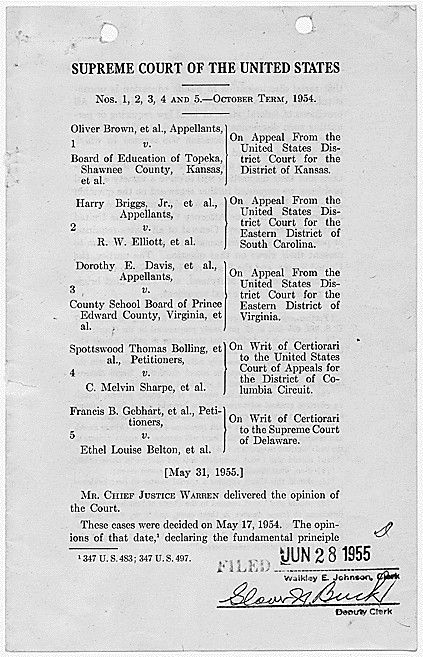
Opinion of the Supreme Court of the United States, 1955 filed in Dorothy E. Davis, et al. versus County School Board of Prince Edward County, Virginia, Civil Action No. 1333
Page 2
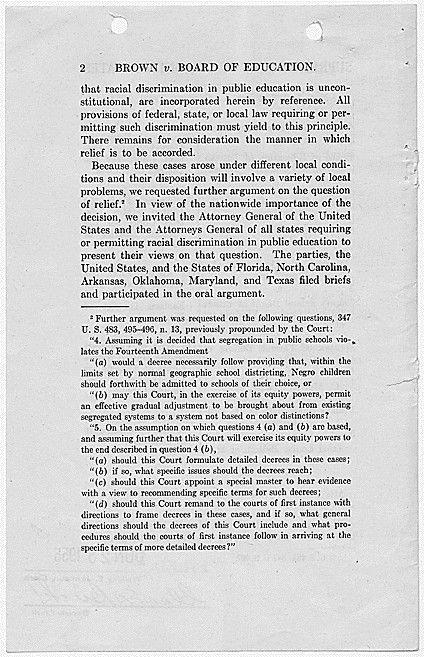
Opinion of the Supreme Court of the United States, 1955 filed in Dorothy E. Davis, et al. versus County School Board of Prince Edward County, Virginia, Civil Action No. 1333
Page 3
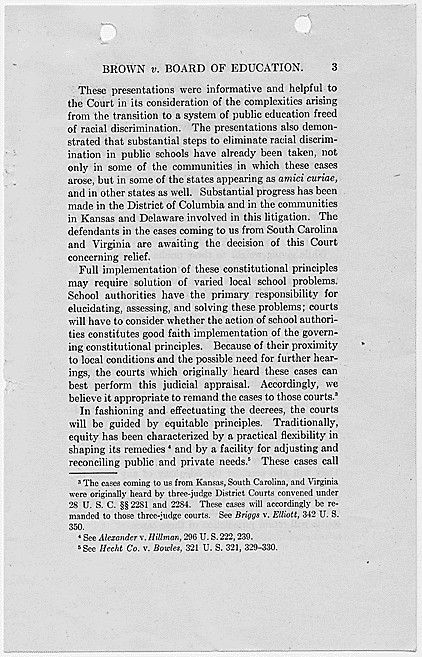
Opinion of the Supreme Court of the United States, 1955 filed in Dorothy E. Davis, et al. versus County School Board of Prince Edward County, Virginia, Civil Action No. 1333
Page 4

Opinion of the Supreme Court of the United States, 1955 filed in Dorothy E. Davis, et al. versus County School Board of Prince Edward County, Virginia, Civil Action No. 1333
Page 5
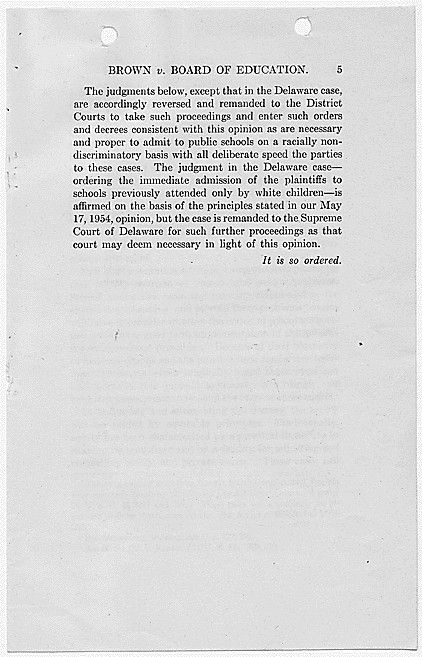
Document
President Barack Obama Talks with Vice President Joe Biden in the Oval Office
11/3/2010
This primary source comes from the Collection BHO-WHPO: Records of the White House Photo Office (Obama Administration).
National Archives Identifier: 183518858
Full Citation: Photograph P110310PS-0663; President Barack Obama Talks with Vice President Joe Biden in the Oval Office; 11/3/2010; Presidential Photographs, 1/20/2009 - 1/20/2017; Collection BHO-WHPO: Records of the White House Photo Office (Obama Administration), ; Barack Obama Presidential Library, Hoffman Estates, IL. [Online Version, https://docsteach.org/documents/document/obama-biden-oval-office, April 25, 2024]President Barack Obama Talks with Vice President Joe Biden in the Oval Office
Page 1
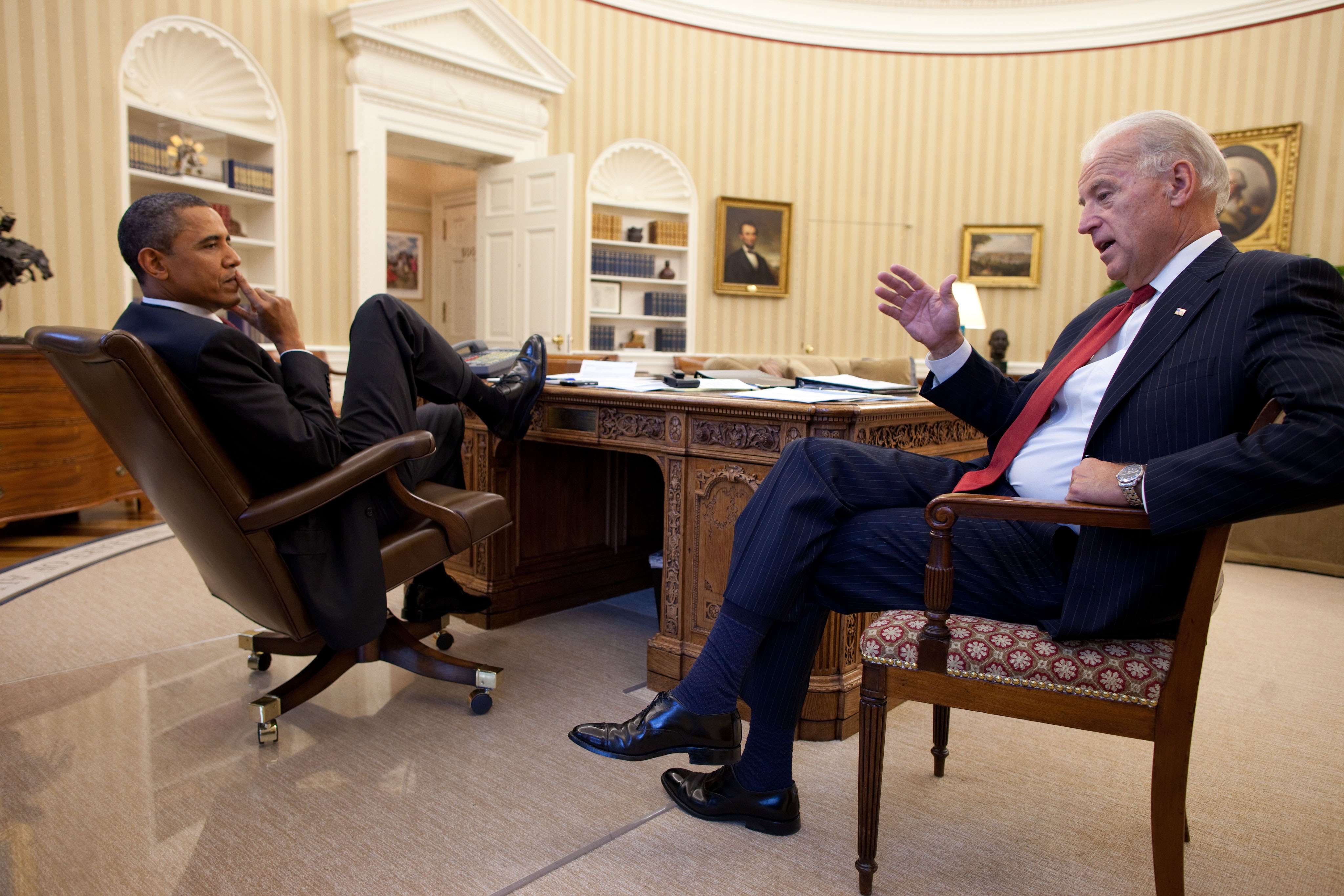
Document
President George W. Bush, State of the Union Speech
2/2/2005
This photograph shows President George W. Bush delivering his State of the Union speech to members of Congress, the President’s Cabinet, and the Joint Chiefs of Staff at the Capitol.
This primary source comes from the General Records of the Department of Housing and Urban Development.
National Archives Identifier: 6198639
Full Citation: Photograph 207-DP-9051-StateOfUnion.jpg; President George W. Bush, State of the Union Speech; 2/2/2005; HQ-P001463; 207-DP-9051 - President George W. Bush, State of the Union Speech; Photographs Documenting the Secretary's Headquarters and Field Activities, and Agency Officials and Events, 2001 - 2014; General Records of the Department of Housing and Urban Development, ; National Archives at College Park, College Park, MD. [Online Version, https://docsteach.org/documents/document/bush-state-of-union, April 25, 2024]President George W. Bush, State of the Union Speech
Page 1
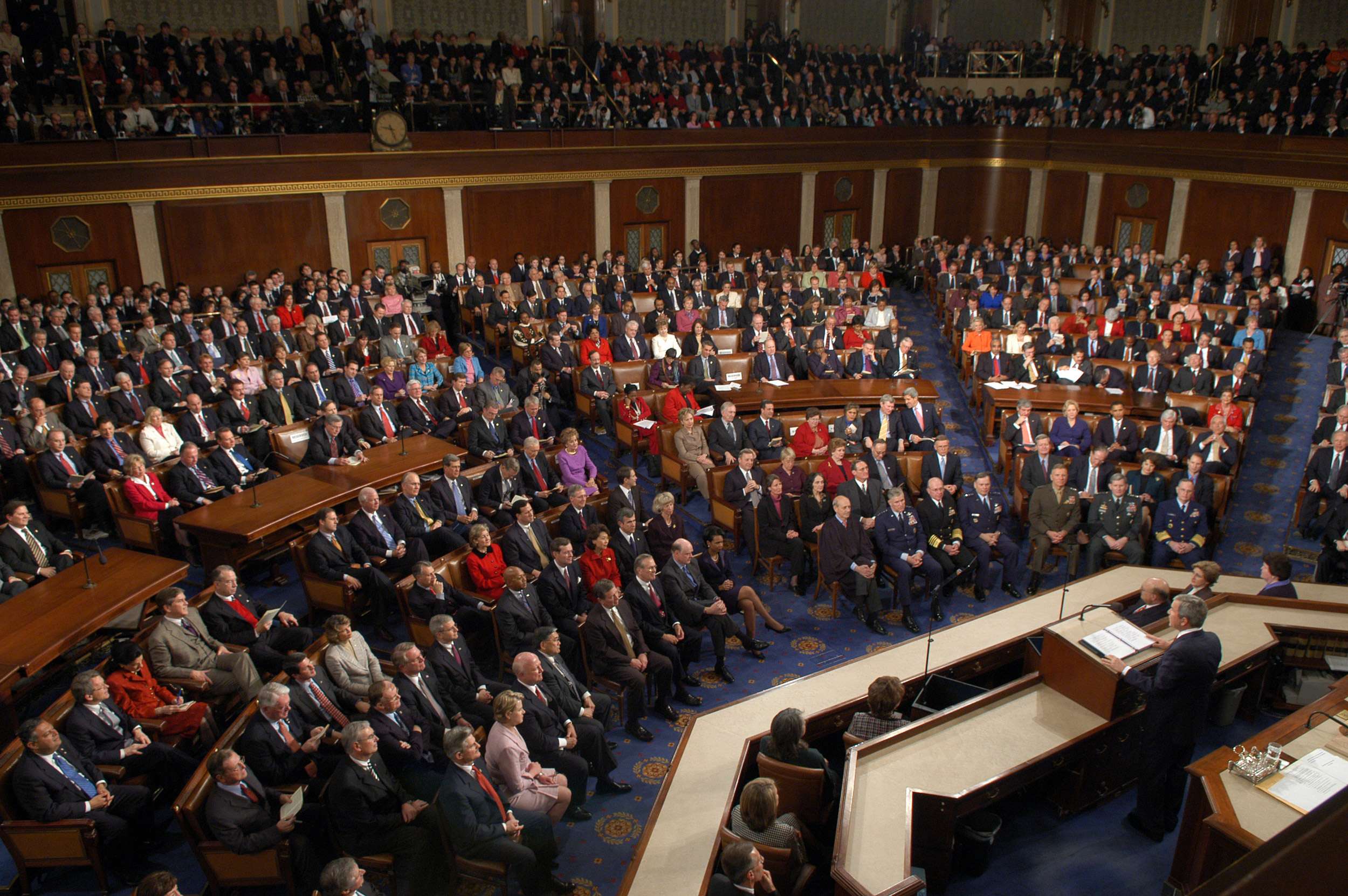
Document
Sumner Civil Rights Bill
12/1/1873
There was a great divide over how far the Government should go to enforce the rights established by the 14th and 15th Amendments. The Civil Right Act of 1875, first proposed by Senator Charles Sumner in 1870, was an attempt to codify those rights.
Senator Sumner was the chief Radical Republican leader during Reconstruction and a vocal proponent of civil rights for freedmen. He introduced the version shown here to the Senate in 1873. It proposed to prohibit racial discrimination in public accommodations, such as hotels, theaters, transportation, and schools. He was so determined to see it pass that on his deathbed in 1874 he begged Frederick Douglass not to let it fail.
The bill that passed after much debate and revision in 1875 stated that all American citizens “shall be entitled to the full and equal enjoyment of the accommodations, advantages, facilities, and privileges of inns, public conveyances on land or water, theaters, and other places of public amusement.” Prior to passage, Congress removed the clause which prohibited discrimination in public schools.
Senator Sumner was the chief Radical Republican leader during Reconstruction and a vocal proponent of civil rights for freedmen. He introduced the version shown here to the Senate in 1873. It proposed to prohibit racial discrimination in public accommodations, such as hotels, theaters, transportation, and schools. He was so determined to see it pass that on his deathbed in 1874 he begged Frederick Douglass not to let it fail.
The bill that passed after much debate and revision in 1875 stated that all American citizens “shall be entitled to the full and equal enjoyment of the accommodations, advantages, facilities, and privileges of inns, public conveyances on land or water, theaters, and other places of public amusement.” Prior to passage, Congress removed the clause which prohibited discrimination in public schools.
Sumner, who died in 1874, did not live to celebrate the bill’s passage. Nor did he see its ultimate failure when, in 1883, the U.S. Supreme Court ruled the Civil Rights Act of 1875 unconstitutional.
This primary source comes from the Records of the U.S. House of Representatives.
National Archives Identifier: 1986640
Full Citation: Sumner Civil Rights Bill; 12/1/1873; (HR43A-C1); Bills and Resolutions Originating in the Senate and Considered in the House, 1789 - 2003; Records of the U.S. House of Representatives, ; National Archives Building, Washington, DC. [Online Version, https://docsteach.org/documents/document/sumner-civil-rights-bill, April 25, 2024]Sumner Civil Rights Bill
Page 1

Sumner Civil Rights Bill
Page 2
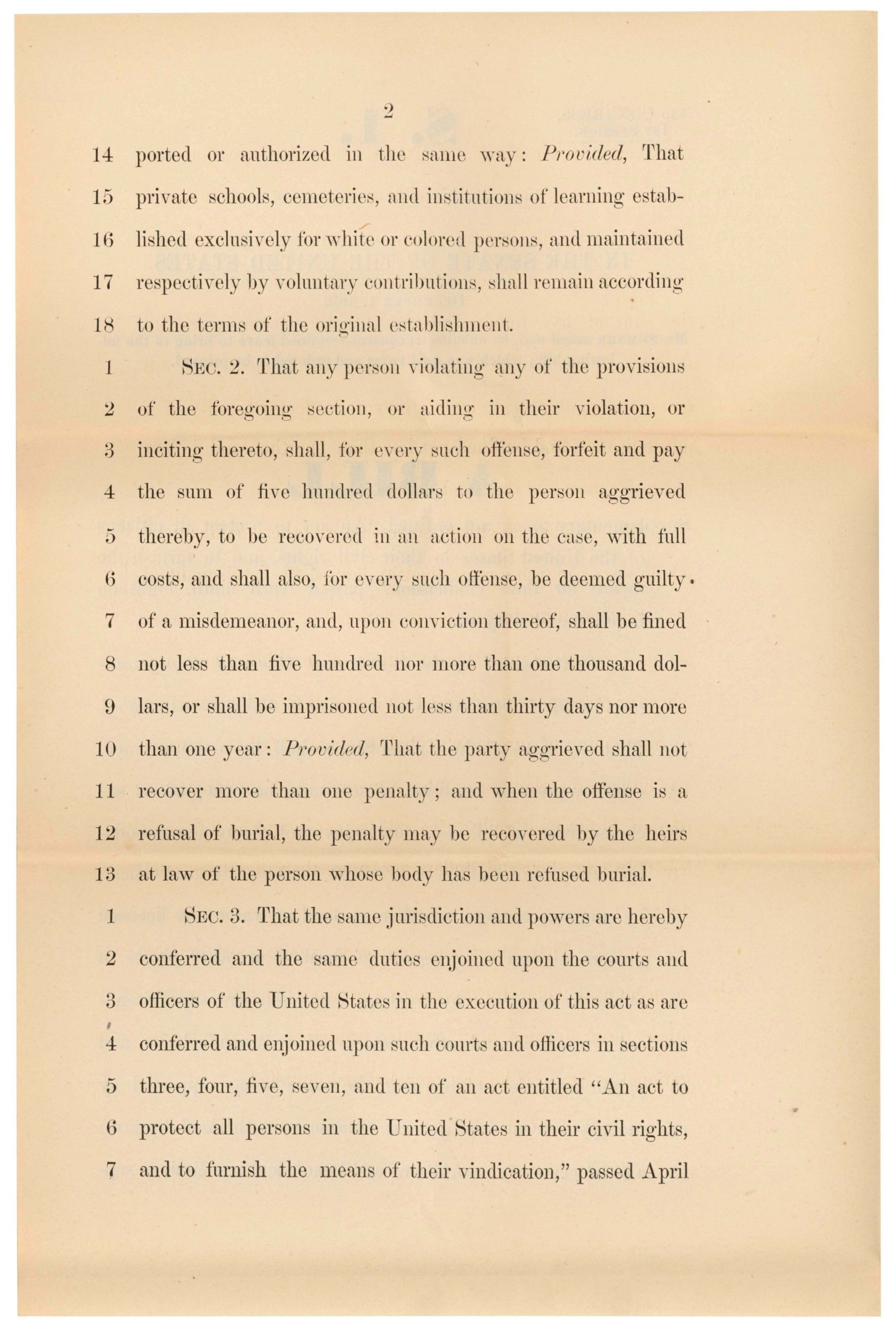
Sumner Civil Rights Bill
Page 3
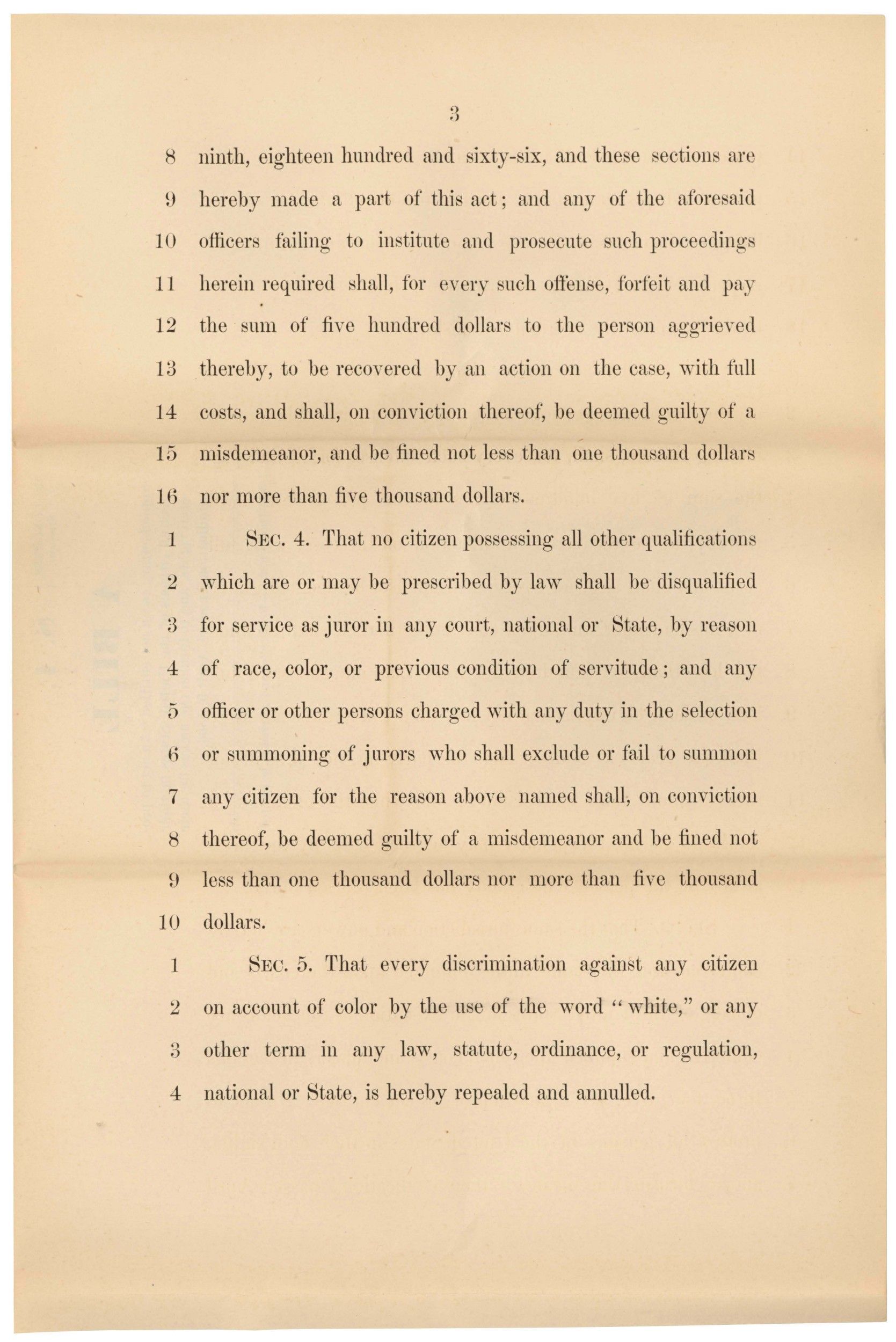
Document
Supreme Court Building
The neoclassical U.S. Supreme Court Building in Washington, D.C., was designed by architects Cass Gilbert, Jr., and John R. Rockart. Although a coequal branch of the Government, the Supreme Court was not provided with a home of its own until 1935. Chief Justice and former President William Howard Taft persuaded Congress to authorize the building.
This primary source comes from the Records of the National Archives and Records Administration.
National Archives Identifier: 594954
Full Citation: Photograph 64-M-54; Supreme Court Building; Photographic Records Made By The National Archives, 1860 - 1960; Records of the National Archives and Records Administration, ; National Archives at College Park, College Park, MD. [Online Version, https://docsteach.org/documents/document/supreme-court-building, April 25, 2024]Supreme Court Building
Page 1

Document
Supreme Court Justices Pose with President Ronald Reagan in The Supreme Court Conference Room
9/25/1981
This photograph shows Supreme Court Justices posing with President Ronald Reagan in the Supreme Court conference room. Show from left to right are: Justice Harry Blackmun, Justice Thurgood Marshall, Justice William Brennan, Chief Justice Warren Burger, President Ronald Reagan, Justice Sandra Day O'Connor, Justice Byron White, Justice Lewis F Powell Jr, Justice William Rehnquist, and Justice John Paul Stevens.
This primary source comes from the RR-WHPO: White House Photographic Collection.
National Archives Identifier: 75855509
Full Citation: Photograph C4122-11; Supreme Court Justices Pose with President Ronald Reagan in The Supreme Court Conference Room; 9/25/1981; Reagan White House Photographs, 1/20/1981 - 1/20/1989; RR-WHPO: White House Photographic Collection, ; Ronald Reagan Library, Simi Valley, CA. [Online Version, https://docsteach.org/documents/document/supreme-court-justices-pose-with-president-ronald-reagan, April 25, 2024]Supreme Court Justices Pose with President Ronald Reagan in The Supreme Court Conference Room
Page 1
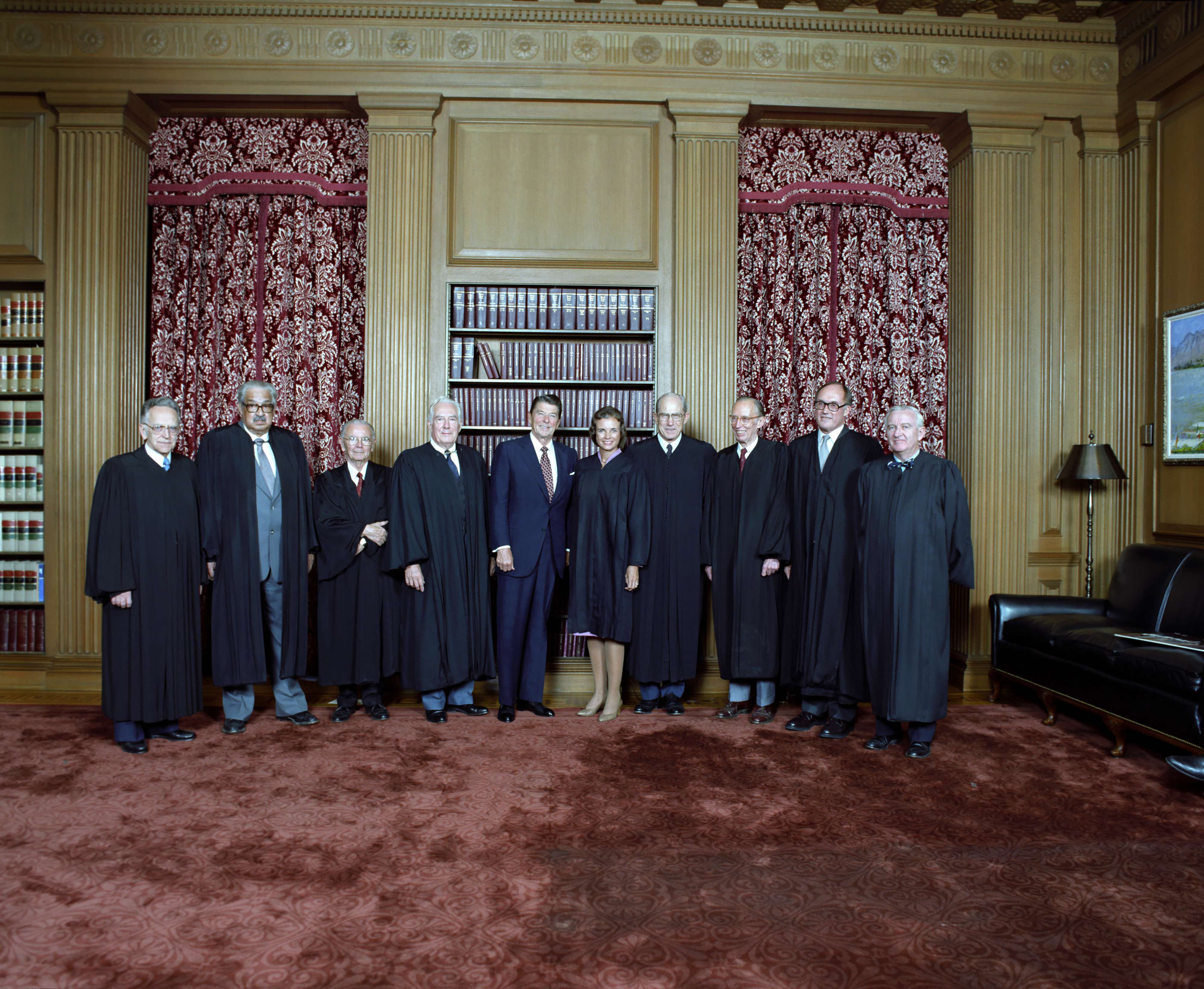
Document
The Supreme Court Returns To Its Permanent Home
6/4/1935
This primary source comes from the Records of the U.S. Senate.
National Archives Identifier: 5743098
Full Citation: The Supreme Court Returns To Its Permanent Home; 6/4/1935; Jim Berryman Political Cartoons, 1928 - 1963; Records of the U.S. Senate, ; National Archives Building, Washington, DC. [Online Version, https://docsteach.org/documents/document/the-supreme-court-returns-to-its-permanent-home, April 25, 2024]The Supreme Court Returns To Its Permanent Home
Page 1
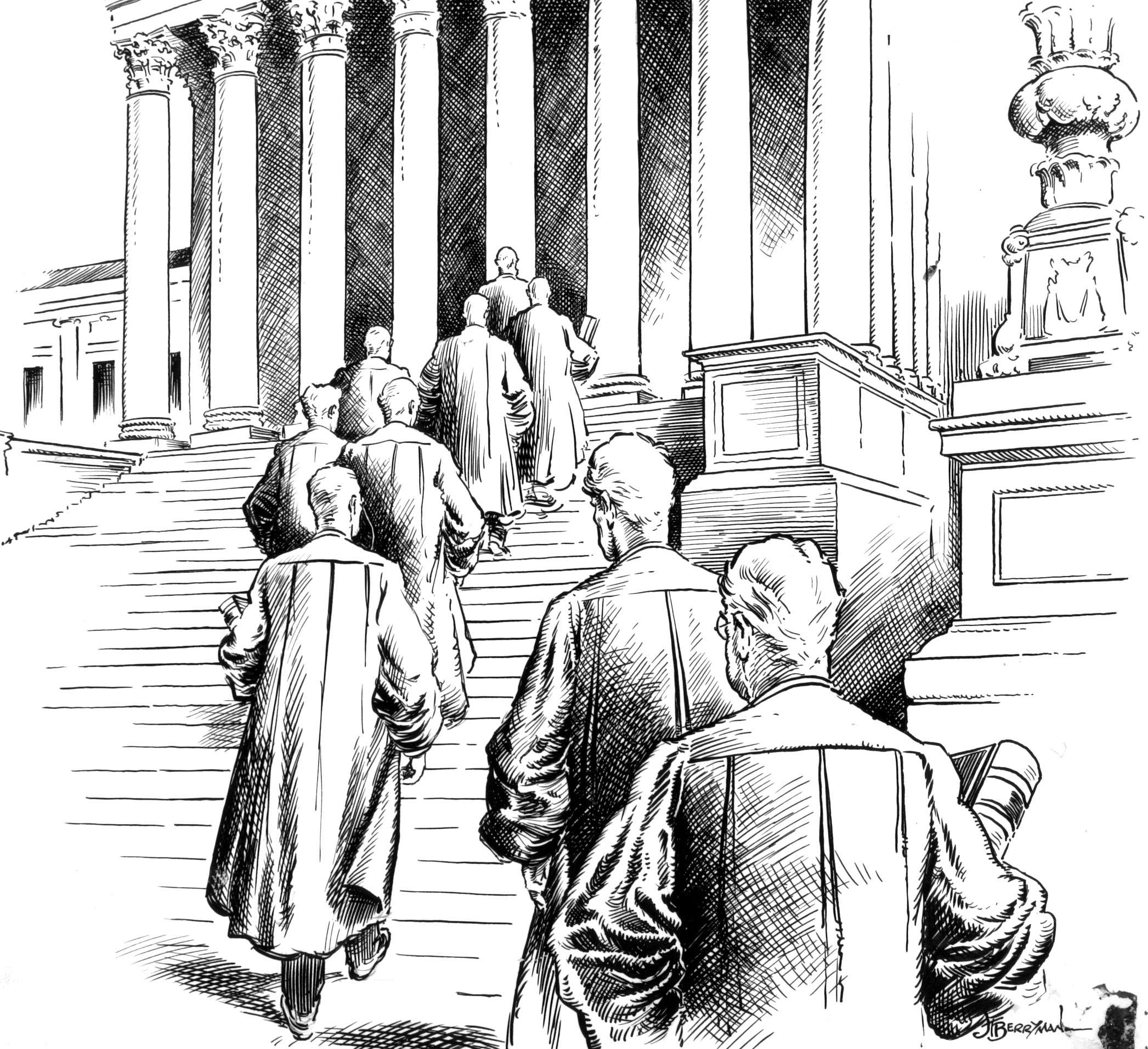
Document
Vote on Military Bonus Plan
3/24/1922
Voting is the engine of democracy. Decisions at all levels of government are based on this expression of popular will. The House and Senate take many votes on each measure they debate. Votes in committee lead to votes in the full House and additional votes in the Senate. Typically, by the time a law is passed, Members of Congress have had many opportunities to demonstrate their support or opposition. The House of Representatives voted 333-70 to endorse a hotly contested military bonus plan for persons who served in World War I. Cartoonist Clifford Berryman employs two of his most memorable characters, Uncle Sam and teddy bear, to count the "yea" and "nay" votes on the bonus bill, which would face tough sledding in the Senate.
This cartoon was drawn by Clifford Berryman, one of Washington, DC's best-known cartoonists in the early to mid-1900s. Berryman drew for the Washington Post and Evening Star newspapers. His cartoons touched on a variety of subjects including politics, elections, and both World Wars.
This cartoon was drawn by Clifford Berryman, one of Washington, DC's best-known cartoonists in the early to mid-1900s. Berryman drew for the Washington Post and Evening Star newspapers. His cartoons touched on a variety of subjects including politics, elections, and both World Wars.
This primary source comes from the Records of the U.S. Senate, 1789 - 2015.
National Archives Identifier: 6011718
Full Citation: Vote on Military Bonus Plan; 3/24/1922; (M-037); Berryman Political Cartoon Collection, 1896 - 1949; Records of the U.S. Senate, 1789 - 2015, ; National Archives Building, Washington, DC. [Online Version, https://docsteach.org/documents/document/vote-military-bonus-plan, April 25, 2024]Vote on Military Bonus Plan
Page 1




